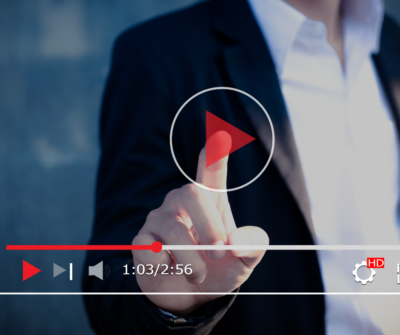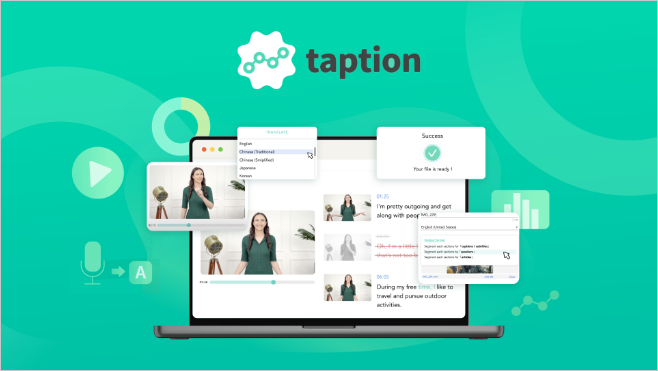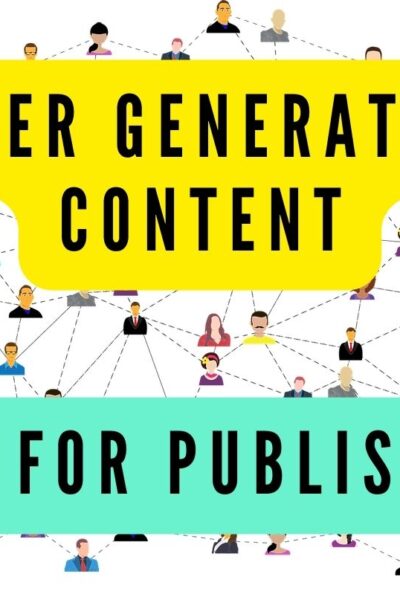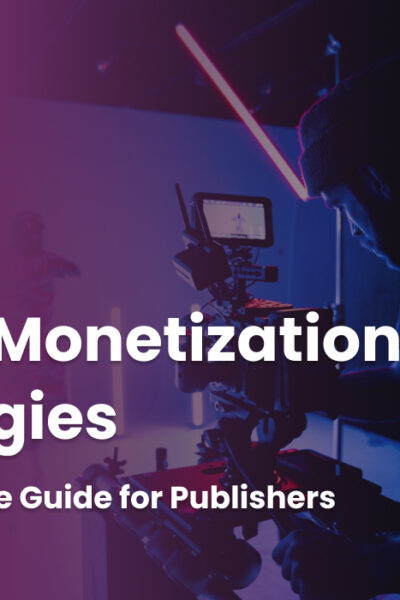User-generated video (UGV) is now an integral journalistic component in providing both access to factual, trustworthy and unbiased information, as well as a deeper understanding of, and connection with, news events shaping the world today. Indeed, some of the most important stories of recent years have featured so prominently on the news agenda because of UGV. In addition, it is increasingly becoming a vehicle through which the struggle for human rights, gender equality, and climate change engage more attention. The most notable being the video of the murder of George Floyd or the filming of Sarah Everard Vigil, both of which connected people so quickly they ignited movements that were waiting to happen.
UGV is a powerful storytelling tool that brings us closer and fosters a deeper understanding of shared struggles, greater context, diversity, and comprehension of reporting. It is no longer enough to report the news. Audiences crave a sensory experience when it comes to news consumption. They want to feel the story.
News consumption habits are changing, and social media sits at the forefront of digital journalism evolution
The way audiences consume news is evolving rapidly. To drive increased exposure and reach new audiences with their content, publishers are turning to social media. Take LADbible, for example, and whose huge success has hinged on the unique way it’s tapped into fans’ psyche, redefining news and entertainment by demonstrating an understanding and appreciation for what its followers on social channels want, whether that be viral hits, news, or documentary originals.
Of course, one of the platforms heading up this social publishing charge is YouTube.
YouTube’s user base continues to swell, driven even faster recently by the introduction and investment in Shorts. After Google, the second biggest search engine has 2.3 billion users worldwide, making it a critical platform for news publishers. It offers them the ability to develop bigger, more engaged audiences and larger numbers of eyeballs on a story whilst building brand visibility and revenue. But, perhaps more than Facebook, Instagram, or TikTok, YouTube is about watching time rather than purely views.
YouTube is also the strongest platform for championing quality news content and being a big brand builder. A large viewership across YouTube has exposed more people to news content than any other platform. French Digital media firm Brut stands as a testament to this, its socially conscious news and entertainment videos, designed to be shared on social networks, have generated 20 billion views. Bringing me in nicely to my next point…
User-generated video is a vital component of any digital journalism strategy
People want access to content that connects them to events around the World and helps them understand what’s going on, and importantly why it matters. Humans are visual animals. It’s becoming increasingly challenging to impress audiences with copy and pictures alone – narratives that engage us through emotion, hold our attention for longer and leave a deeper impression on our memories. Details we forget, feelings we remember.
News publishers and journalists must have a strategy for user-generated video (UGV) within their reporting because, either as the focus of a story or as supplemental content that provides authenticity to help the audience gain a deeper context, it is the strongest tool to provide that understanding and hold attention.
The user-generated video puts viewers in the moment; it lets them experience it first-hand. It empowers them to feel they have the control to interpret what they’ve witnessed and determine how they feel about it. It also provides an opportunity to see the world through someone else’s eyes, get more understanding of their struggle or joy, feel for a moment as they do.
User-generated video is a compelling storytelling
Today it’s inevitable that the first image we see of any major news event has been filmed on a smartphone. This first experience, first connection, first insight through the lens of eyewitnesses shapes the narrative for news publishers. Take, for example, recent events in Afghanistan when our first images of the Taliban seizure of Kabul was people desperately trying to board moving planes to escape or the Beirut explosion of 2020.
User-generated video allowed Beruit’s citizens and visitors to share and spread their personal experiences of the explosion and its aftermath. One of the first videos to emerge was that of filmer Agoston Nemeth. Agoston’s HD 4K video, recorded on his iPhone, captured in high definition the loud rumblings and black smoke engulfing the sky before a huge mushroom cloud, and visible blast wave blows out the windows of his home.
The power of UGV is its access. Immediate access to stories and to the exact moment they take place. Access to unique angles and perspectives and the truth. Access to stories that otherwise would be missed and insights about stories that might have remained a mystery.
Filmers capture the happy, the sad, the weird and the wonderful on a range of devices. It’s these unvarnished, unbiased, authentic moments that audiences crave and publishers need. As a result, UGV offers publishers more than just the ability to create attention-grabbing news; it provides them with a vast quantity of highly compelling content that resonates with audiences and can hold their attention for longer periods of time, even on perpetual scroll platforms. Speaking of which…
Beating the perpetual scroll
User-generated video offers publishers more than just the ability to create attention-grabbing news and quickly. Human attention is now a unit of trade, and news publishers are not immune. To compete, publishers need to create high-quality digital experiences that can hold an audience’s attention for longer periods of time, even on perpetual-scroll platforms, competing with the likes of TikTok, Instagram Reels, YouTube Shorts.
Content from our partners
Social Media trends have demonstrated time and again that not only does UGV grab attention on crowded newsfeeds, but it also retains that attention, whether that be for a quick 60-second news flash or entertainment clip, an 8–10-minute news feature, or an hour-long documentary on YouTube. It creates a connection that is stronger than any other content.
So, when asked why publishers should embrace user-generated video, my response is simply this – to avoid being left behind.
Oh, and here’s the kicker, just as UGV captures attention, it is also one of the publishers’ most effective monetisation strategies. The average editorial site will convert approximately 3% of its audience, whilst one featuring UGV will convert as much as 10%. Just a little something extra to ponder on…












